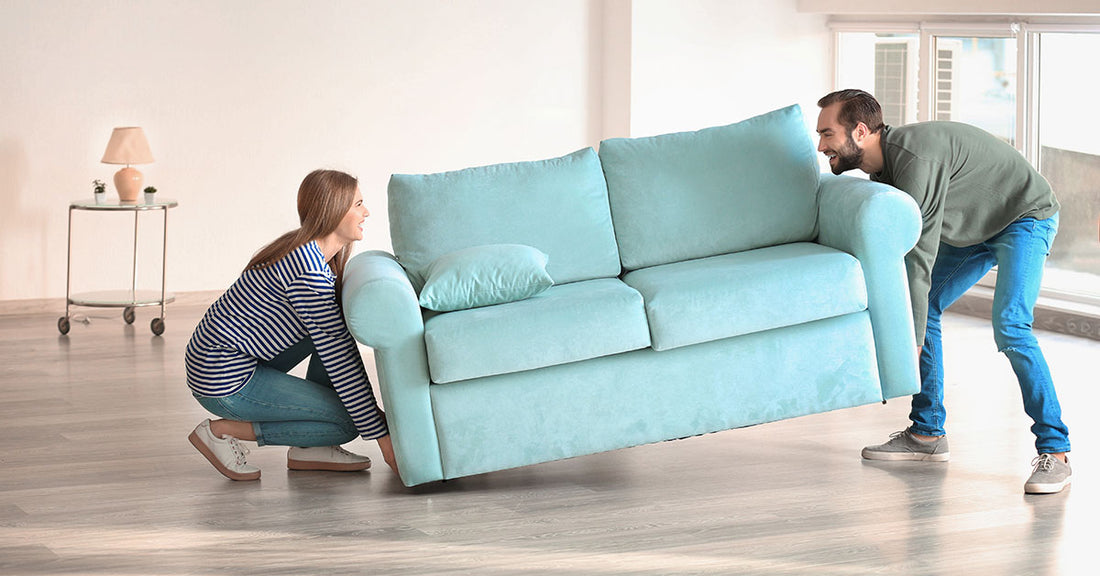
Common Furniture Arranging Mistakes People Make at Home
Share
Placing furnishings in a room is more art than science, and of course there's a good deal of subjectivity, and different items work differently in different spaces. But generally speaking, there are best practices for arranging furniture in the home that are useful much more often than not. They help organize your living spaces with a good flow and a balance of form and function; making common furniture arranging mistakes tends to undermine this.
So, consider the following information a guide—not law. No home décor rules are written in stone, and ultimately what matters most is that you're comfortable and pleased with what you have. However, avoiding these common furniture arranging mistakes can help you get there if you're struggling, and can prevent your rooms from just feeling a bit off in ways you can't quite put your finger on.
Avoid These Common Furniture Arranging Mistakes
- Pushing all the furniture in the room up against the walls does make your room feel bigger, but it can also leave too much empty space and interfere with conversation, seeing the television well, or other practical uses of the space.
- Failing to place furniture in ways that delineate the living spaces in a large, open room is one of the more common furniture arranging mistakes. Rather than just moving furniture where it seems to fill the space, position it to create conversation areas, reading areas, television areas, etc. Also, remember that defining living spaces is one of the important reasons to use area rugs.
- Placing furniture without considering the flow of the room, and how people will naturally want to navigate around and through it, is a big no-no.
- You can easily throw off the sense of balance in a room—especially a large one—if you place all the furniture to one side.
- Don't arrange a room without considering how you'll be using each piece of furniture. For example, should there be an easily accessible place to put down a drink for every seat in the room? Can people talk to each other easily?
- It's not welcoming or aesthetic when the first thing people see walking into a room is the back of furniture.
- Purchasing furniture that's too big or small for its space can really throw off the feel in a room no matter how you arrange it. Take a look at these tips for buying the right size furniture.
- Always make sure there's ample room for people to effortlessly get in and out of all seats.
- It will be a perpetual annoyance if you don't leave enough space to comfortably open cabinets and drawers.
- Neglecting a focal point for each room is another of the more common furniture arranging mistakes people make at home. It can be a bed, a TV, a fireplace, and so on, but a room should work around a focal point.
- Things feel off if your kitchen or dining room table isn't centered beneath the hanging light fixture, if there is one.
- Position the bed first in a bedroom, and arrange everything else around it. It's the most important piece in the room.
- Blocking windows with furniture limits light and the view, and it creates an uncomfortable feeling in the room.
- It's not a good idea to just position furniture once and leave it. Roll up your sleeves, get a helper or two, and test out a few different arrangements. You never know quite how an arrangement will look and feel until you actually try it.
